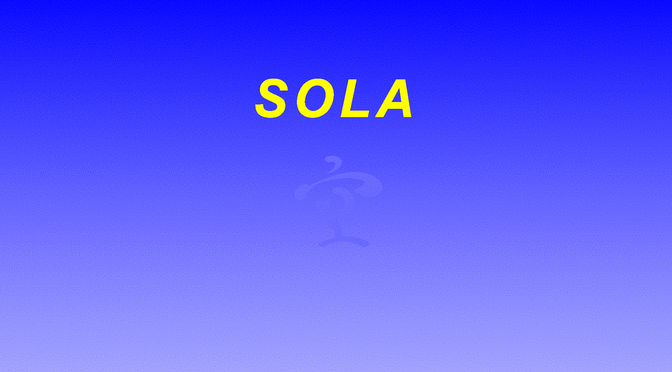The Editorial Committee of Scientific Online Letters on the Atmosphere (SOLA) gives The SOLA Award to outstanding paper(s) published each year. I am pleased to announce that The SOLA Award in 2018 is going to be presented to the paper by Dr. Kosuke Ito et al., entitled with “Analysis and forecast using dropsonde data from the inner-core region of Tropical Cyclone Lan (2017) obtained during the first aircraft missions of T-PARCII” (Ito et al. 2018).
Importance of dropsonde observations in the analysis and forecast of tropical cyclones (TCs) is well known, and such observations were operationally performed for the Atlantic hurricane. After the termination of the operational dropsonde observations in late 1980s, Dvorak technique has been used to estimate the intensity of TCs. However, uncertainties of Dvorak technique have been discussed for a long time, and dropsonde observations are essentially important for the precise information on TCs. The authors conducted dropsonde observations from an aircraft for TC Lan (2017) and, by assimilating the observed data, performed forecast experiments of the TC. They demonstrated potentially a positive impact of the dropsonde observations on the analysis and forecast of the TC. This study has demonstrated the importance of the dropsonde observations for TCs and is expected to enhance further studies investigations on the improvement of the analysis and forecast of TCs.
Therefore, the Editorial Committee of SOLA highly evaluates the excellence of the paper.
31 Jan. 2019
Tetsuya Takemi
Chief Editor, SOLA
References
SOLA, Vol.14, pp.105−110, doi:10.2151/sola.2018-018.
by Kosuke Ito 1, 2, 6, Hiroyuki Yamada 1, Munehiko Yamaguchi 2 , Tetsuo Nakazawa 2, Norio Nagahama 3, Kensaku Shimizu 3 , Tadayasu Ohigashi 4, Taro Shinoda 5 , and Kazuhisa Tsuboki 5
1University of the Ryukyus, Nishihara, Japan
2Meteorological Research Institute, Tsukuba, Japan
3Meisei Electric Co., LTD., Isesaki, Japan
4National Research Institute for Earth Science and
Disaster Resilience, Tsukuba, Japan
5Nagoya University, Nagoya, Japan
6Japan Agency for Marine–Earth Science and Technology, Yokohama, Japan

